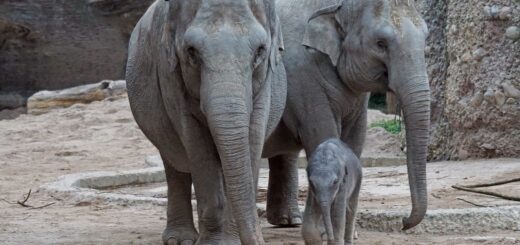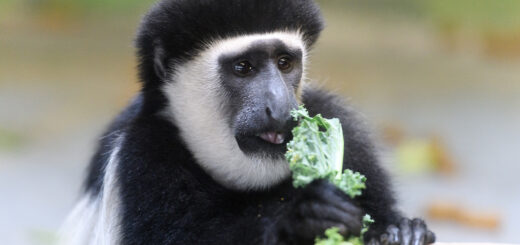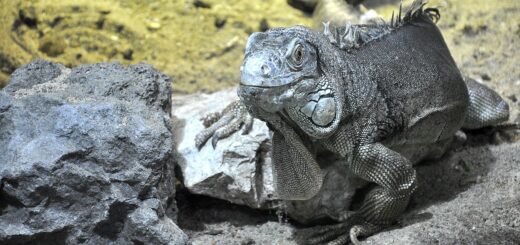Body condition scoring of captive (zoo) equids
Citation
Bray RE, Edwards MS. 1999. Body condition scoring of captive (zoo) Equids. In Proceedings of the Third Conference on Zoo and Wildlife Nutrition, AZA Nutrition Advisory Group, Columbus, OH.
Abstract
Obesity in captive wild equids may result from forage diets that are higher in energy, over-fed and not fed according to BW. In addition, processed forages are supplemented or substituted for long-stem forage diets and differences in feeding management are not considered. The scoring system used for domestic horses has been used and modified for captive (zoo) equids. The nine-point system provides a useful tool to objectively determine if an equid is too fat or too thin. The categories range from 1 (poor) to 9 (extremely fat) with 5 (moderate) representing the “ideal” body condition. Four anatomical areas are identified to visually assess zoo equids compared to the nine anatomical structures used for domestic horses. To identify visual differences in wild equids, keepers must first develop proficiency in existing scoring systems. Captive equids that lack adequate conditioning (1-4) will appear angular with bone structures visually discernable, including prominent thoracic and lumbar vertebrae, ribs, and points of hip & buttocks. Over-weight to obese equids will show more contour and less angularity. Ribs and vertebra are not visually discernible with scores > 5. Ass-type equids are more angular in the hips than the horse-type equids of comparable condition scores. They also have less fat along the neck and withers for comparable scores. The neck and shoulder of horse-type equids amplified the increases of fat deposition. Patches of fat can appear on the neck, shoulder and hip with scores greater than 7.
 10_BRAY.pdf 244 KB
10_BRAY.pdf 244 KB








